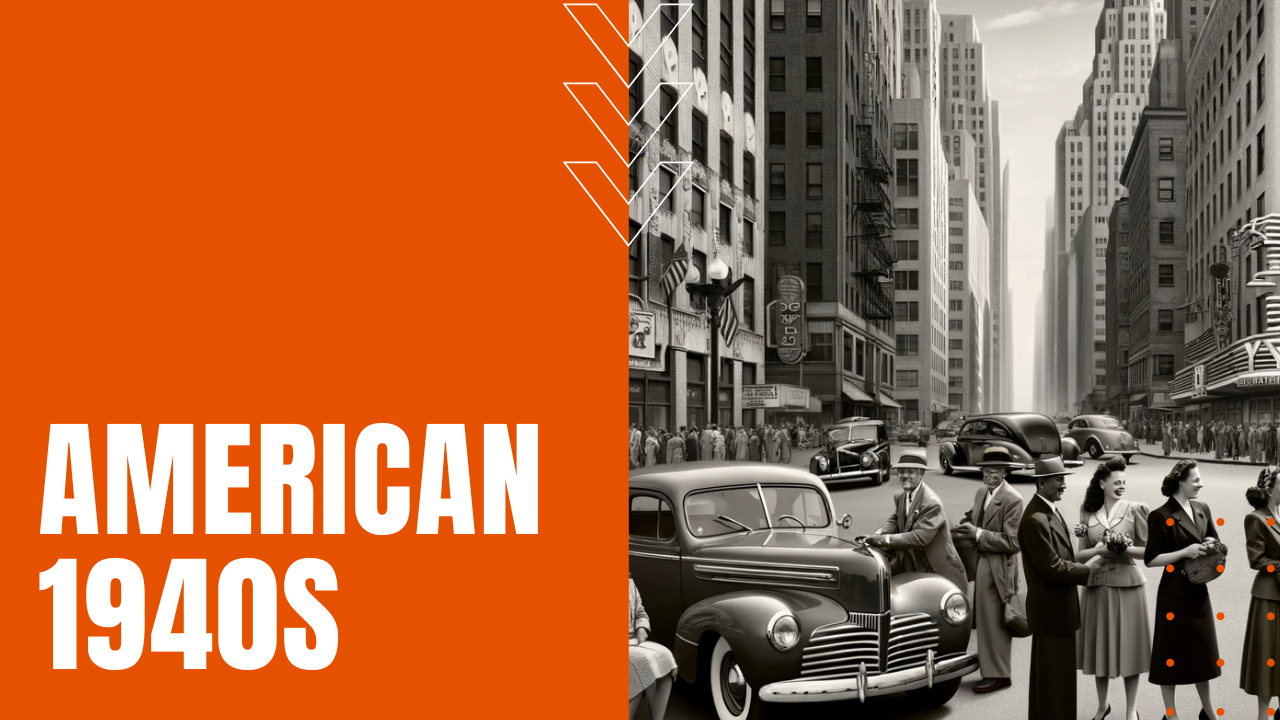The American 1940s

In a decade soon overshadowed by the Second World War, Americans looked on in horror when Nazi storm troopers invaded Poland on September 1st, 1939, and while the nation had strongly favored isolationist policies since the end of the First World War, after Hitler’s invasion of the Netherlands, Belgium, Luxembourg, and France in mid-1940, on June 3rd of that same year, President Franklin D. Roosevelt approved the sale of surplus U.S. war material to Great Britain, followed by the congressional enactment of the first peacetime conscription draft in the Fall of 1940.
No Other Option
Less than three months later, America entered WW2 after Japan’s unprovoked attack on American naval assets at Pearl Harbor. In response, American industrial might pivoted from producing consumer goods from cars to televisions, to building weapons vital to the Allies’ war efforts, inspiring a national economic boom after the hardscrabble years of The Great Depression. With so many men fighting in Europe and the Pacific, women collectively known as Rosie the Riveter responded en masse to fill the labor vacuum, building weapons of war that would ultimately lead to a high-priced victory over Axis aggression.
Start of the Baby Boom
After Japan’s surrender on September 2nd, 1945—just months after FDR’s sudden death from a cerebral hemorrhage—young men returned home weary of war and adventure, with a common desire to settle down into family life with their sweethearts, kicking off the American Baby Boom that would last well into the 1960s. As Cold War tensions began to escalate in 1947, Americans learned to live under the anxiety-producing threat of mutually-assured nuclear destruction, as the U.S. funded numerous proxy wars against the Soviet Union under a burning desire to halt the spread of communism.
American Culture in High Gear
Television soon replaced the radio as a nation’s preferred form of entertainment, ushering in such popular shows as Candid Camera, Howdy Doody, Kraft Television Theater and The Lone Ranger, while Hollywood ruled the box office with hits like Citizen Kane, The Quiet One and a literal conga line of movies spawned by the Second World War. Swing remained a dominant mainstay on the American music scene, led by musicians such as Glen Miller, Tommy Dorsey, Frank Sinatra and Artie Shaw, making the American 1940s, a time of sacrifice and renewal, after a decade of crushing deprivation.
